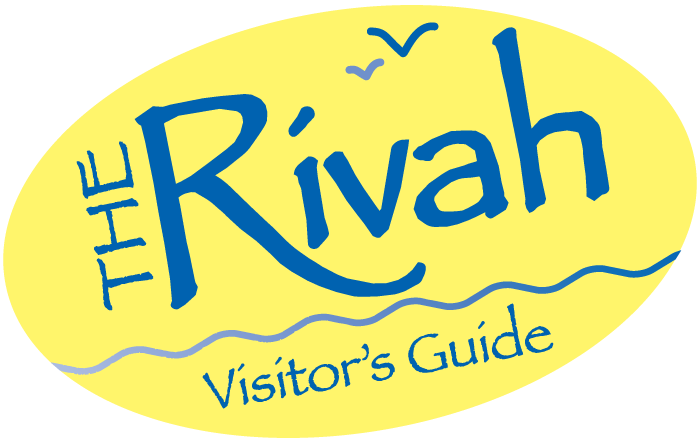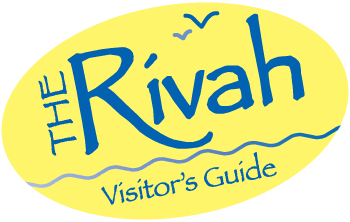This article was originally published in the Fall 2013 issue of The Rivah Visitor’s Guide.
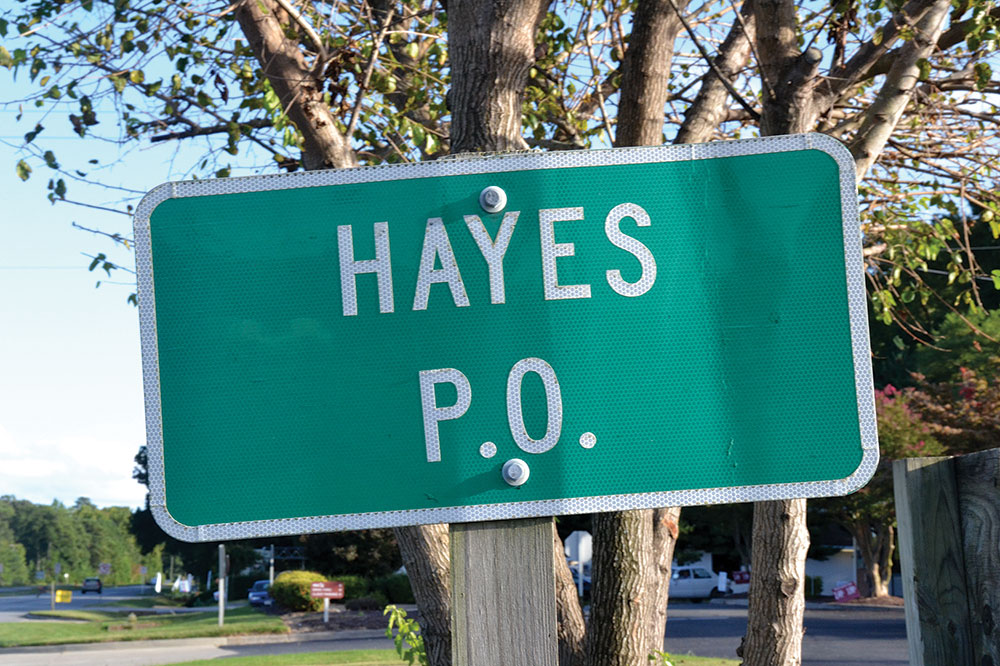
by Larry Chowning –
As part of Gloucester County’s 350th anniversary celebration in 2001, and using grant funds from the Virginia Foundation for the Humanities and Public Policy, the county created an African-American Heritage Trail Tour [PDF].
Gloucester County was formed in 1651 from York County. It had previously been a part of Charles River Shire, one of the eight original shires (counties) created in 1634.
Soon after settlement of Jamestown (1607), Gloucester County was formed and the African American presence then and throughout the county’s history was very prevalent. Slavery would become the very key to the economic survival of the Virginia colony, and more and more black slaves would come to Gloucester. Their history is important and definitive in the growth of the United States of America.
Realizing this, Gloucester officials created the tour and had Harriet Cowen of Bena, a pen-and-ink and portrait artist, do the artwork for the tour.

Thomas Calhoun Walker, born a slave in 1862, became the first black man to practice law in Gloucester, and by some historical accounts, he was the first in Virginia. His home is at 6739 Main Street and a historical marker in front of his home reads: “Here lived Thomas Calhoun Walker the first black to practice law in Gloucester County and a civil rights spokesman who vigorously advocated education and land ownership for blacks. Mr. Walker was elected for two terms to the Gloucester Board of Supervisors, serving from 1891 to 1895. President William McKinley appointed him the Commonwealth’s first black collector of customs in 1893. He became the only black to hold statewide office in President Roosevelt’s Work Project Administration when he was appointed Consultant and Advisor on Negro Affairs in 1934.”
Another stop on the tour is Zion Poplars Baptist Church at 7000 T.C. Walker Road. The founding mothers and fathers first met for religious services in brush arbors, under seven poplar trees, four of which still stand on the church grounds today. The church building dates from 1894, and is an excellent example of 19th-century gothic revival style with vernacular detailing. The spectacular interior of the church exhibits the creative craftsmanship of Frank Braxton, a former slave. The church is listed on the Virginia and National Historic Landmarks Registers.
A third stop is Thomas Calhoun Walker Elementary School/Gloucester Training School, which was established in 1921 through the efforts of T.C. Walker and others as the first free public secondary school for black students in Gloucester. Walker led a fund-raising effort for the creation of the secondary school, donating the down payment himself to get the training school started. Gloucester Training School was located at 6099 T. C. Walker Road.
A fourth stop on the tour is where Old Hayes Store and Post Office was located. In July 1944, a young mother named Irene Morgan boarded a Greyhound bus at the store post office and made history that day. A short time after boarding, the driver ordered Mrs. Morgan and another black passenger seated next to her to give up their seats and move to the back of the bus. Morgan refused and was arrested in Saluda in Middlesex County by Sheriff Beverley Segar, but not before she put up a fight on the bus.
Enlisting the help of the State Conference of the NAACP, Morgan appealed her case through the local, state and supreme courts. Her lawyers, Thurgood Marshall and William Hastie, argued that it was a burden on interstate commerce for each state to have its own rules for seating passengers. The case was a landmark case for civil rights and made segregation illegal on modes of public interstate transportation.
The Gloucester Agricultural and Industrial School at Cappahosic is the next stop on the tour. Founded by local black residents under the leadership of lawyer T.C. Walker and William B. Weaver, the school was the first black secondary school in the county, possibly the first in Virginia. It opened in 1888 with four students in a vacant store in Cappahosic and was funded by the American Missionary Association, an agency of the northern Congregational Church. The school closed in 1933 as public eduction for blacks began to expand. A road marker stands at 3379 Cappahosic Road.
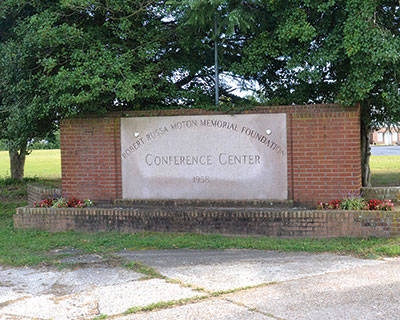
The Moton homeplace, “Holly Knoll,” a stately mansion on the banks of the York River at Cappahosic, was built in 1935 as the retirement home of Dr. Robert R. Moton. Dr. Moton, the second president of Tuskegee Institute and the successor to Dr. Booker T. Washington, guided Tuskegee’s progression from a normal school into an accredited college and university. After Dr. Moton’s death in 1940, the Moton Conference Center was established there to continue Dr. Moton’s work in education.
With the addition of residential space and training facilities, the site was expanded into a full conference center. During the 1950s and 60s plans were made for the economic development of historically black colleges and universities, while a think tank continued from Dr. Moton’s days on social justice and other issues. The United Negro College Fund was conceived there and strategies were planned for desegregation of lunch counters. The Manor House is a national and state landmark. The Moton house is at 6498 Allmondsville Road.
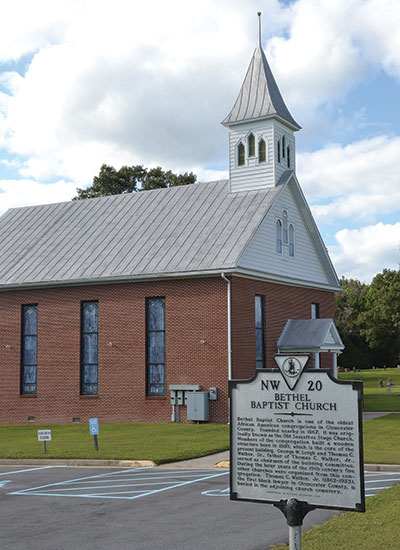
Bethel Baptist Church at 2978 Hickory Fork Road was once known as the Old Sassafras Stage Church. It dates back to when Sassafras Stage and nearby Allmond’s Wharf were at the peak of their activity as hubs of commerce and transportation. In 1867, Dr. L. Catlett Stubbs donated one acre of land to his formerly enslaved butler, James F. Lemon. Lemon and others used the land for their church, first meeting on crude benches under brush arbors. The present church dates back to 1889.
A final tour spot is on the bridge going over Poropotank Creek where, during the summer of 1663, a group of indentured servants met to plan an insurrection against their masters. It was prevented when John Birkenhead informed authorities of the plot. As a reward, the Virginia House of Burgesses granted Birkenhead his freedom and gave him 5,000 pounds of tobacco. While this event is included in several accounts of African-American history, other accounts suggest black servants were not involved in this conspiracy, only white indentured servants.
For more information on the African-American Heritage Trail Tour, contact the Gloucester Parks and Recreation and Tourism Department at 693-2355.
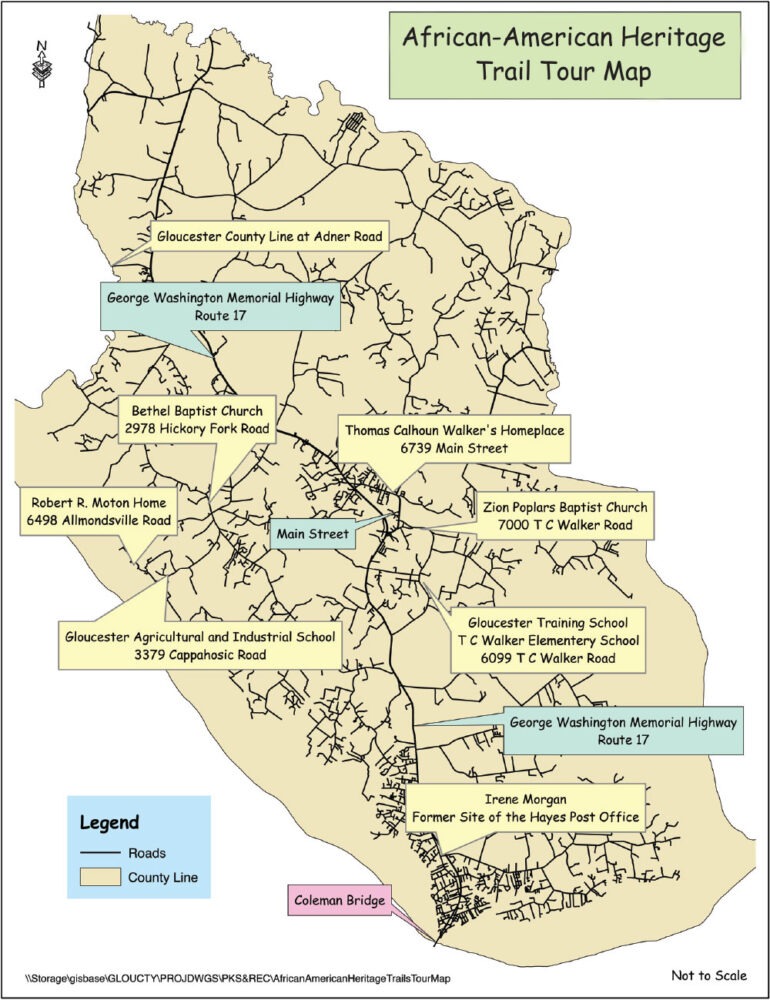
African-American Heritage Trail Tour Stops
1. Home of Thomas Calhoun Walker
6739 Main Street, Gloucester
2. Zion Poplars Baptist Church
7000 T. C. Walker Road
3. Thomas Calhoun Walker Elementary School/Gloucester Training School
6099 T. C. Walker Road
4. Old Hayes Store and Post Office
5. Gloucester Agricultural and Industrial School
3379 Cappahosic Road, Cappahosic
6. The Morton House
6498 Allmondsville Road
7. Bethel Baptist Church
2978 Hickory Fork Road
